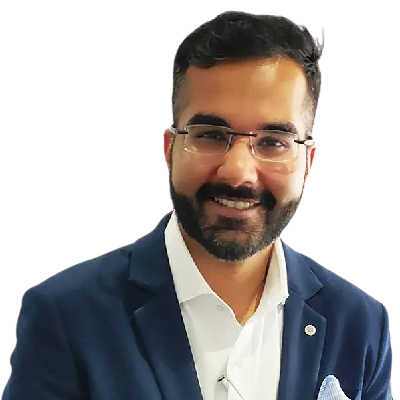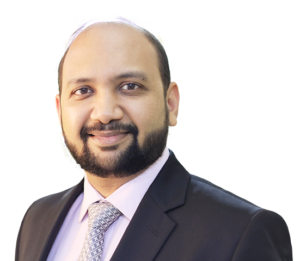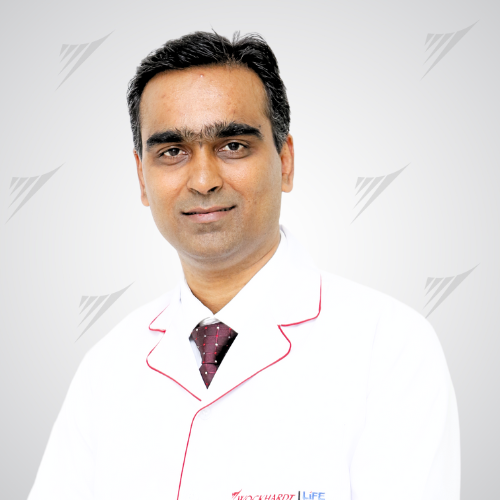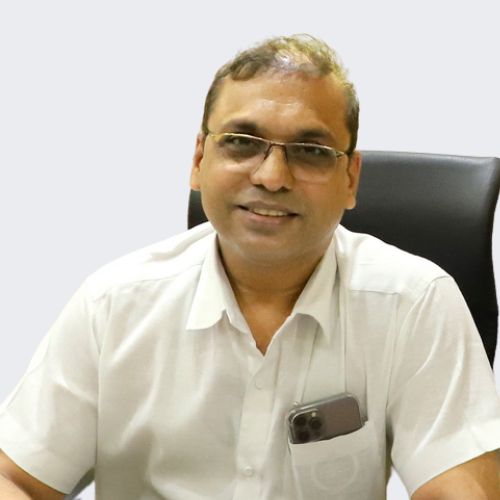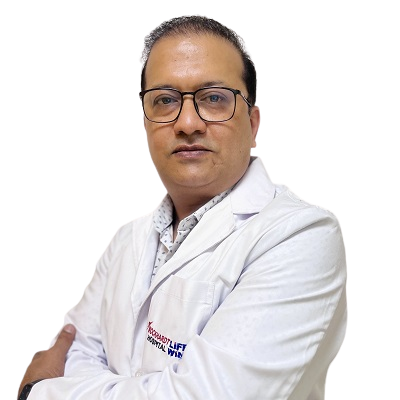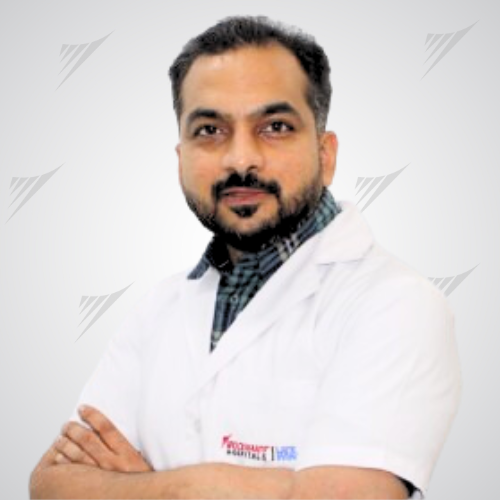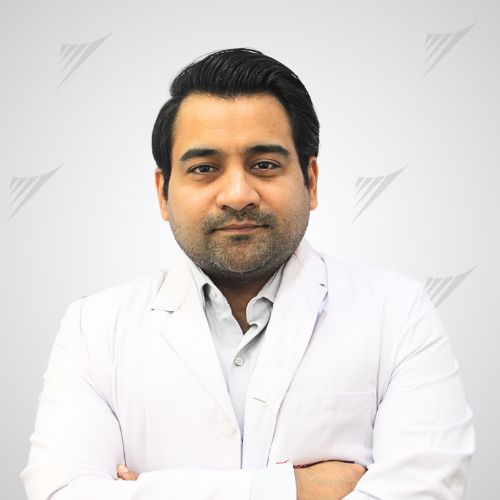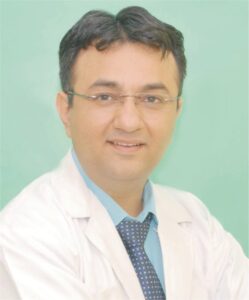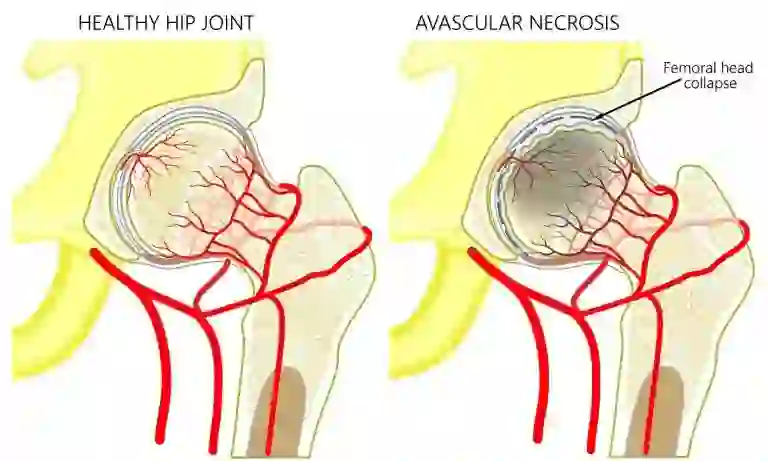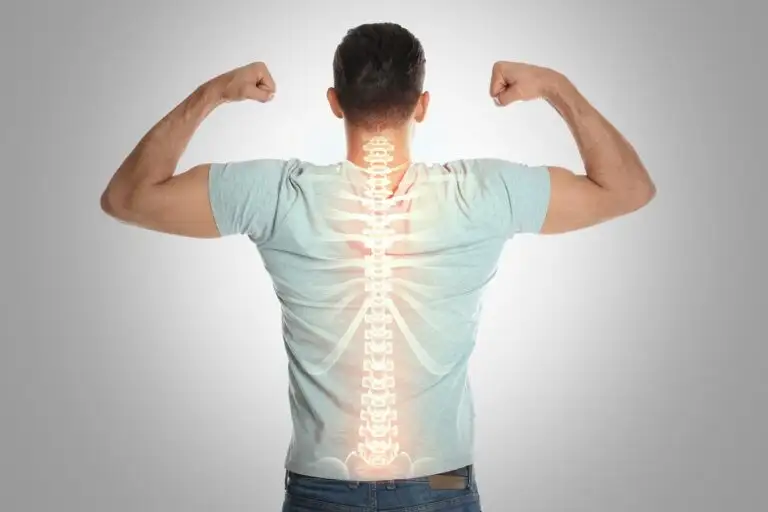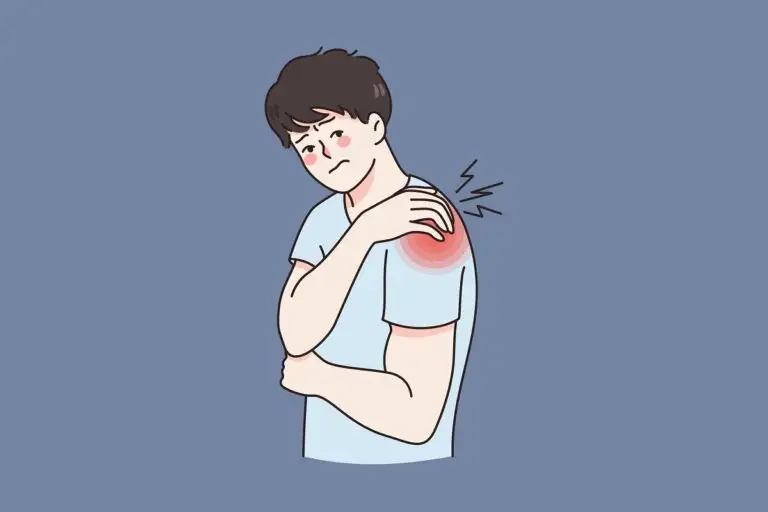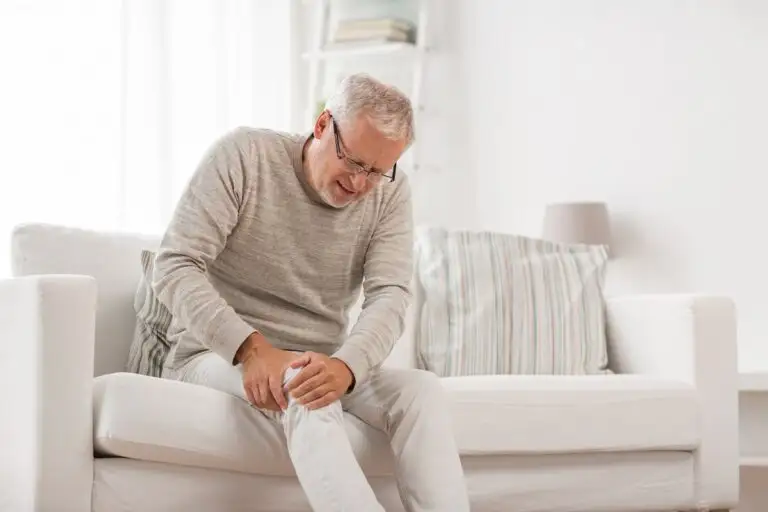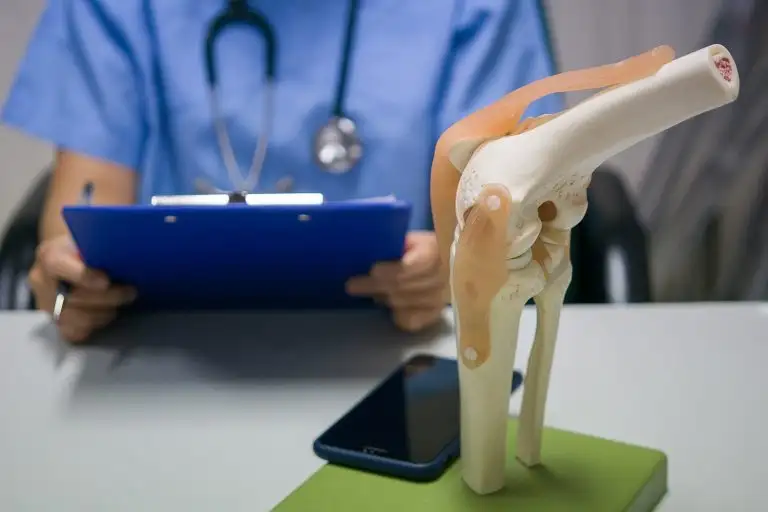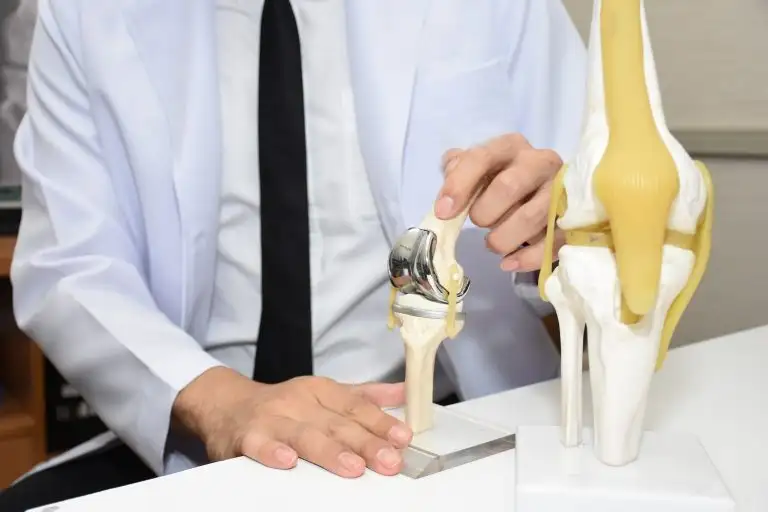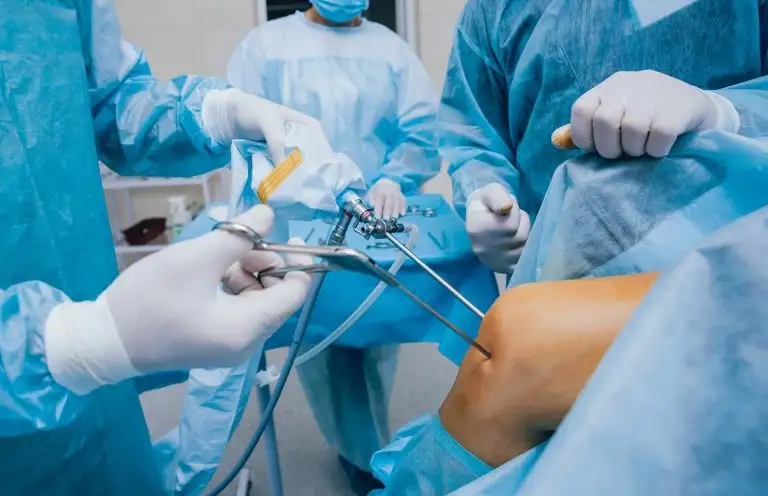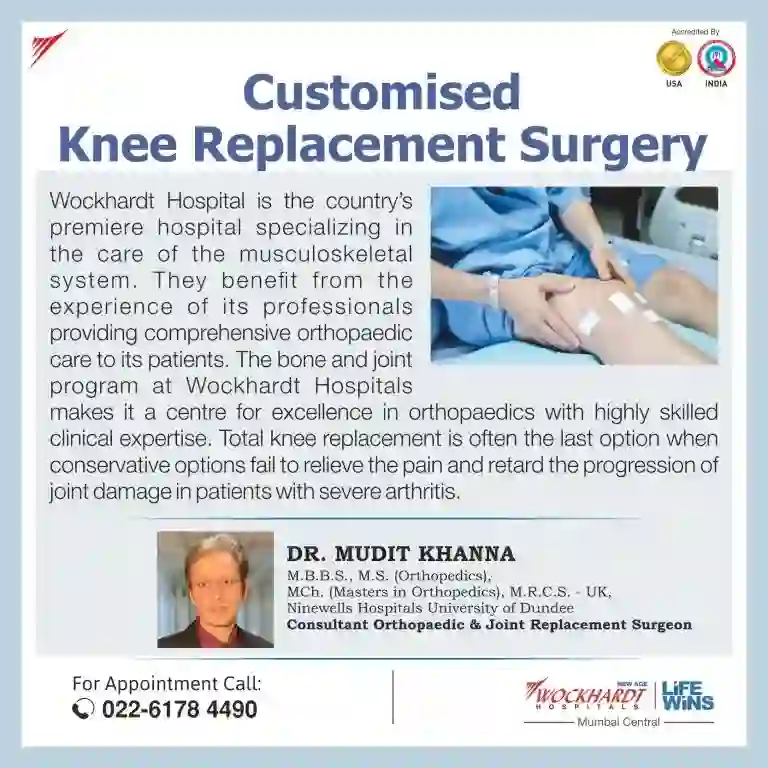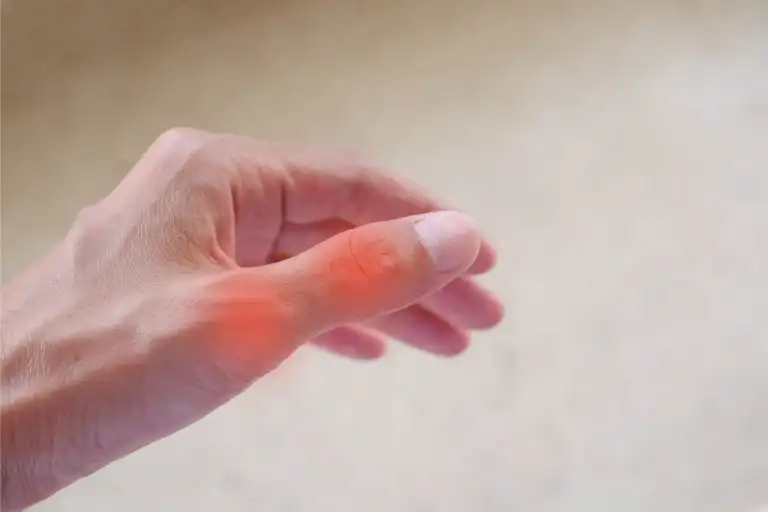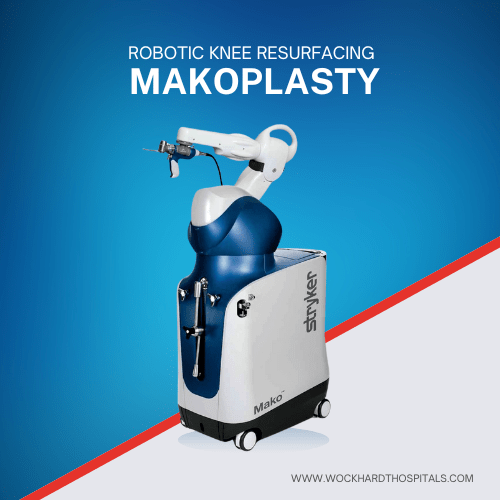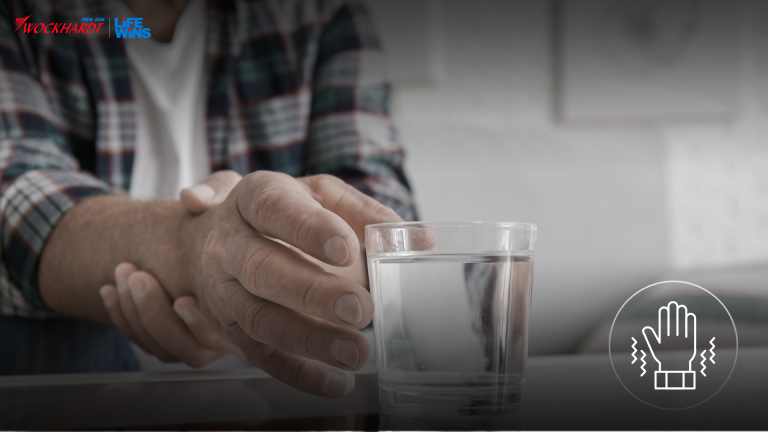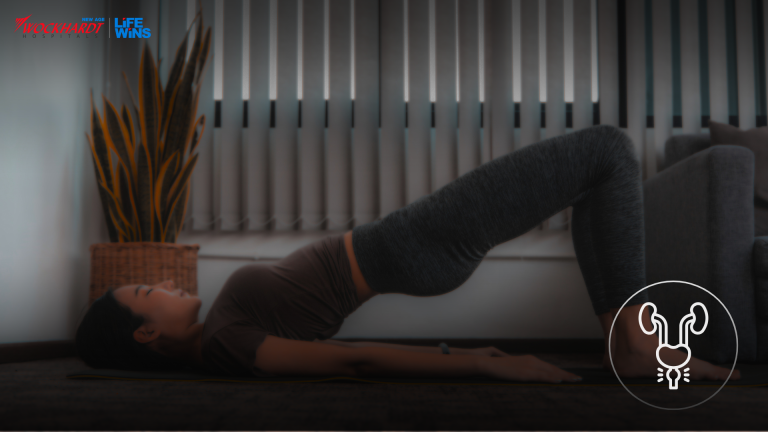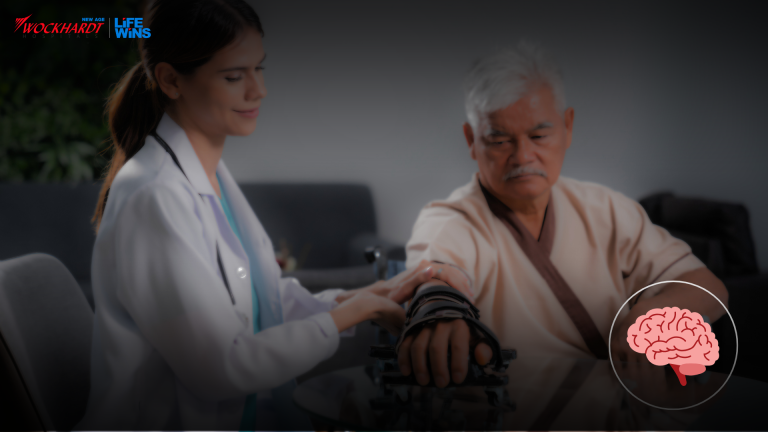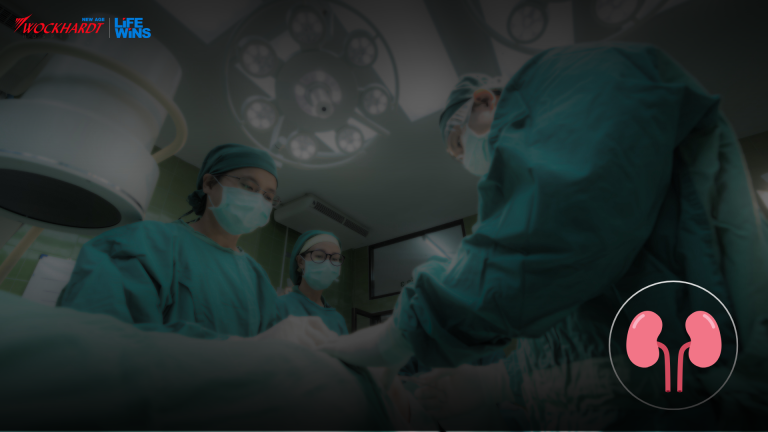Home » Speciality » Orthopaedics & Joint Replacement
Orthopedic Treatment (Bone
and Joint Care) & Surgery
Wockhardt Hospitals is known for its highly competent and experienced joint replacement
experts who employ cutting-edge technology for orthopedic treatment.
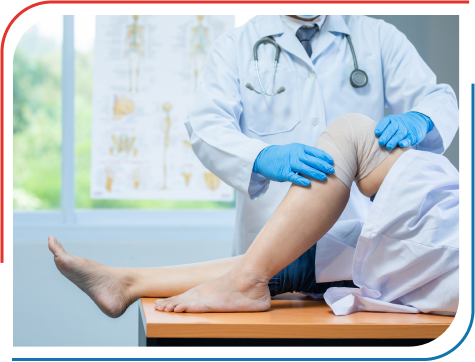
Why Choose Wockhardt Hospitals
for Orthopedic Treatment?
The Department of Orthopedics at Wockhardt Hospitals provides highly advanced treatment options, orthopedic surgery, and precise diagnosis from world-class experienced physicians and surgeons. Our medical professionals remain fully compassionate with the patients and instill confidence to ensure comfortability and prioritize their quick recovery.
We at Wockhardt Hospitals make sure that you receive nothing but the best of the best when it comes to your bone and joint care. We have top-notch medical facilities complementing the cutting-edge infrastructure, modern medical machines & equipment for high success rates. Our nurses and other supporting medical staff are well-trained & certified professionals and always follow the patient-centric approach. Our primary aim is and has always been to provide the best orthopedic treatment in India.
Renowned Orthopedic Doctors
at Wockhardt Hospitals
- Mumbai Central
- Mira Road
- Nagpur
- Rajkot
Mako SmartRobotics™ System for Orthopaedic Treatment:
Bone and Joint Care and Surgery
How Does
Mako SmartRobotics™ System Work?
Before Surgery
- Mako surgery commences with advanced imaging technology such as CT scans, generating detailed 3D models of the patient's anatomy. These models aid surgeons in developing personalised surgical plans, determining the precise areas for intervention and implant placement.
- Surgeons use specialised software to simulate the entire surgical procedure virtually. This allows for meticulous preoperative analysis, refining the surgical strategy, and ensuring optimal outcomes tailored to the patient's unique anatomy
During Surgery
- As the surgery begins, the Mako SmartRobotics™ System takes centre stage. Guided by the preoperative plan, the surgeon utilises the Mako to execute the procedure with unparalleled accuracy. The system provides real-time data feedback, enabling adjustments and ensuring the surgical plan is followed precisely
- Throughout the procedure, the system constantly evaluates and verifies the alignment and placement of implants, ensuring adherence to the pre-planned specifications. This real-time assessment enhances the surgeon's ability to make necessary adjustments, if required, for optimal results.
After Surgery
- To facilitate your recovery following surgery, your surgeon, nurses, and physical therapists will work with you to establish goals. They will closely monitor your health and development. Your surgeon may examine a postoperative X-ray of your newly created joint.
- Following the surgery, postoperative imaging confirms the precision of implant placement and the procedure's success. This analysis ensures that the objectives set during preoperative planning were achieved, validating the effectiveness of Mako technology in executing the surgical plan.
Recovery After Mako SmartRobotics™ System Assisted Surgery
Recovery after Mako-assisted surgery is often smoother compared to traditional methods. Patients generally experience:
- Reduced Pain and Discomfort: Patients typically experience reduced postoperative pain and discomfort due to the procedure's minimally invasive nature and the implant placement accuracy.
- Quicker Rehabilitation: Enhanced precision and minimal disruption to surrounding tissues contribute to quicker rehabilitation. Patients often regain mobility and functionality at a faster pace compared to traditional surgeries.
- Improved Long-Term Outcomes: The precise alignment and placement of implants result in improved joint function, potentially reducing the need for additional corrective surgeries in the future.
Potential Benefits of Mako SmartRobotics™ System in Bone and Joint Care
| Benefits | Description |
|---|---|
| Accuracy | Mako’s unparalleled precision ensures accurate implant placement, leading to better outcomes. |
| Customisation | Tailored surgical plans based on individual anatomy optimise patient-specific care for superior results. |
| Faster Recovery | Reduced tissue damage and improved accuracy contribute to quicker rehabilitation and a faster return to activities. |
| Less Complication | Precision reduces the likelihood of post-surgical complications, enhancing patient safety and satisfaction. |
| Longer Lifespan | Accurate implant positioning potentially leads to longer-lasting results, increasing the lifespan of implants. |
What is Orthopedics?
Orthopaedics, by definition, is the branch of medicine that deals with the musculoskeletal system. This system primarily includes muscles, bones, ligaments, tendons, and joints. Orthopaedic treatment includes procedures like total joint replacement surgeries, arthroscopic surgeries, fracture repair, bone grafting surgeries, and spinal fusion.
The doctor who specialises in orthopaedics and treats the problems associated with the musculoskeletal system is an Orthopedist. The problems could be surgical or non-surgical, ranging from small issues like back pain, and bone and joint care to larger sports injuries, congenital conditions like scoliosis, and even bone cancers. An orthopaedic can also have sub-specialties like sports medicine, spinal surgery, trauma, joint replacements, orthopaedic oncology, and foot & ankle medicine, paediatric orthopaedic and Arthroscopy
Symptoms & Causes
of Bone & Joint Problems
There are many causes of joint pain that may end up affecting the function of that joint if neglected. Severe pain can also affect the quality of one’s life. It is important to understand the causes and symptoms and consult a bone specialist to solve the problem.
Some of the common symptoms of bone and joint issues include-
- Pain at rest
- Swelling and inflammation
- Stiffness
- Numbness or tingling, Radiating pain
- Clicking, popping, grinding, or snapping sounds on movement.
- Pain on movement
- Difficulty in straightening the joint
- Affected range of motion
- Loss of motion
- Redness and swelling
- Deformity
If you are experiencing any of these symptoms, it is highly recommended that you visit an orthopedic surgeon at Wockhardt Hospitals for bone and joint care and get the problems diagnosed.
Joint-related issues can be due to many reasons, some of which include the following-
- Osteoarthritis - a common condition where the cartilage is rubbed off and worn away.
- Rheumatoid arthritis - The multiple joints (usually of fingers and wrists) turn painful and swell with morning stiffness.
- Bursitis - the overuse of common joints like the knee, elbow, hips, and shoulders leads to this condition.
- Gout - In this condition, there is the accumulation of crystals at the joint, making it painful. It is commonly seen in the toes.
- Viral infection or fevers - These may, in general, make movement more painful.
- Tendinosis - The inflammation of tendons leads to this painful condition. Here, the elbow, heel, or shoulder is seen to be affected.
- Osteoarthritis - a common condition where the cartilage is rubbed off and worn away.
- Rheumatoid arthritis - The multiple joints (usually of fingers and wrists) turn painful and swell with morning stiffness.
- Bursitis - the overuse of common joints like the knee, elbow, hips, and shoulders leads to this condition.
- Gout - In this condition, there is the accumulation of crystals at the joint, making it painful. It is commonly seen in the toes.
- Viral infection or fevers - These may, in general, make movement more painful.
- Tendinosis - The inflammation of tendons leads to this painful condition. Here, the elbow, heel, or shoulder is seen to be affected.
Diagnostic Tests for
Orthopedic Treatments
While one can probably narrow down some of the causes for bone pain based on the symptoms, it is essential that some diagnostic tests be performed to know what exactly is going on.
- Physical examination - The doctor assesses the appearance, inflammation, pain, tenderness, redness, range of motion, and any other irregularities.
- Range of motion tests - These help the physician understand the extent of movement of the patient’s joints.
- Bone density scans - These show the amount of calcium, phosphorus, and other minerals in the bone; this can be helpful in diagnosing diseases and conditions like osteoporosis.
- Radiographic examination - Simply called X-rays, this test allows one to find any defects, fractures, growths, density of bones, and dislocations of the bone.
- Fluid aspiration test - This test is an invasive procedure that involves the examination of the fluid that is present at the joints. Also, for confirmation of
- Arthrography - It is a form of X-ray that is taken after injecting a dye that allows being seen under an X-ray.
- Others - There are other tests like blood tests, CT scans, MRIs, bone biopsies, and bone marrow biopsies are some other tests that may be performed.
Procedures for
Orthopaedic Treatment
The orthopedic deals with various bone and joint surgery procedures. Some of the common ones that are performed by our renowned orthopedics include the following-
- Knee Replacement Surgery: Many patients end up with a damaged knee either due to age, overuse, or trauma. These are treated by either partial or complete knee replacement surgery.
- Shoulder Replacement Surgery: This procedure is also called shoulder arthroplasty. Patients experiencing reduced movement, injury, or severe pain and inflammation of the shoulders may be recommended for this surgery. The shoulder may be replaced either with a metal or plastic replacement. This, again, can be partial or complete.
- Hip Replacement Surgery: A complex procedure that requires experts in the field. Wockhardt Hospitals provides top-quality service by excellent experienced doctors, giving the best orthopedic treatment in India.
- Ankle Repair Surgery: When the ankle is fractured, and the bones do not set right, it is essential for this procedure to stabilize and set the bones.
- Spinal Surgery: Some spinal conditions require surgical procedures for a better quality of life and pain relief. This includes traumatic and congenital issues of the spine, aging, and limited movements and posture correction.
- Joint Fusion Surgery: In cases of joint inflammation, the surgeon may need to fuse a joint to alleviate the pain. This is called joint fusion surgery.
There are many more surgical procedures that an orthopedic can help with. If you are experiencing any of the symptoms mentioned above, it is highly recommended that you pay a visit to an orthopedist. Our doctors at Wockhardt Hospitals are very experienced and take utmost care in treating every patient. You will be able to find one of the best orthopedics treatments in India here.
What Do
Orthopedists Treat?
Orthopedists are specialists who deal with problems related to the musculoskeletal system, which include bones, joints, tendons, ligaments, and even muscles. In simple terms, they help with bone and joint treatments. An orthopedist is an orthopedic surgeon who specializes in orthopedic surgery.
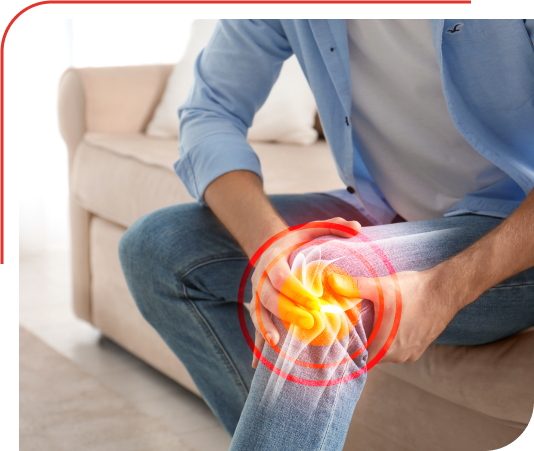
Some of the common ailments that an orthopedist will treat include:
- Bone deformities
- Bone fractures and injuries
- Dislocations
- Tumors of the musculoskeletal system
- Amputations when needed
- Spinal deformities
- Joint problems like arthritis, bursitis, joint pain, and swelling, tear of ligament
- Foot problems like fasciitis and bunions. Hammer toe, arthritis, tarsal tunnel syndrome.
- Hand and wrist issues like ligament and tendon injuries and tendinitis. Infections, carpal tunnel syndrome
Types of
Orthopedic
Diseases
Joints and bones, being one of the most commonly used parts, are subjected to many problems and conditions. Some of the common orthopedic diseases include
- Arthritis: Inflammation of the joints is called arthritis. It is one of the most common conditions. It can be either osteoarthritis or rheumatoid arthritis.
- Bursitis: The fluid-filled sac that helps in reducing friction between joints is called the bursa, and the inflammation and pain of this part is called bursitis.
- Foot Aches: This could be any issues regarding the feet, including heels, toes, nerves and tendons, and ligaments of the toes. It also includes conditions like heel spurs, corns, bunions, etc.
- Fractures: A broken bone can be of two types: an open or a closed fracture, and the treatment will vary depending on the type and extent of the fracture.
- Lower Back Pain: It is another common condition that affects a large population, predominantly due to lifestyle. Overuse, injury, poor posture, infections, degeneration of the backbone, and obesity can also cause severe back pain.
- Hand Pains: This includes conditions like carpal tunnel, arthritis, ganglion cysts, tendinitis, etc.
- Knee Pains: This could result from a sprain, torn cartilage, tendonitis, arthritis, and many other conditions.
- Neck Pain: this can be caused by injuries, the herniated disk of the neck, spondylosis, congenital defects, tumors, arthritis, etc.
- Osteoporosis: When the mineral density of bone is reduced or when the bone weight reduces and weakens the bones.
- Spinal Issues: Various spinal conditions like scoliosis, kyphosis, sports-related injuries, etc., are treated by an orthopedic.
Blogs on Orthopedic Treatment
FAQs on Orthopedic Treatment
Q. What are the non-surgical options for orthopedic treatment?
Non-surgical options for orthopedic treatment include:
- Tailored exercises and stretches to improve mobility.
- Pain relievers and anti-inflammatory drugs for symptom management.
- Injections of cortisone or steroids to lessen inflammation and discomfort.
- Supportive devices like Orthotics, bracing, or casts to alleviate strain on joints or fractures, aiding in recovery.
- Regenerative medicine, which includes injections of platelet-rich plasma and stem cell treatment.
Q. What are the latest advancements in orthopedic treatments?
Recent advancements in orthopedic treatments include:
- Minimally Invasive Surgery: Minimally invasive procedures have become more popular in orthopedic surgery. To reach and treat the problem region more precisely, these treatments make use of tiny incisions, specialized equipment, and modern imaging technologies.
- Biologics: The use of regenerative substances to enhance healing. The body’s inherent healing mechanisms are being strengthened by methods, including stem cell treatment, growth factors, and injections of platelet-rich plasma (PRP).
- Robotic-Assisted Surgery: Orthopedic physicians are increasingly using robotic-assisted surgery to conduct intricate procedures with greater accuracy. Surgeons can receive assistance during surgery from robotic systems that use robotic arms, real-time feedback, and enhanced imagery.
- 3D Printing: The advent of 3D printing has brought significant advancements to orthopedic surgery. Customized implants, surgical guides, and models can now be fabricated using patient-specific data obtained from medical imaging.
Q. Are orthopedic surgeries risky?
Q. Does an orthopedic doctor treat back pain?
Q. How can I avoid orthopedic issues?
There is no sure-shot way of avoiding all orthopedic issues, but one can prevent many of them by-
- Maintaining a healthy body weight
- Improving core strength
- Stretch before and after exercise
- Wear comfortable footwear
- Maintain proper posture
- Regular health checkup
Q. What causes weak bones and joints?
Q. Can an orthopedic doctor treat arthritis?
Q. How do I keep my joints healthy as I age?
- Maintain healthy weight
- Get adequate and appropriate exercise
- Take anti-inflammatory foods
- Avoid smoking cigarettes
- Drink sufficient water
Q. What is the success rate for Orthopedic Treatment?
The success rate of orthopedic treatment is estimated to be 85-95%.
Q. How much does orthopaedic treatment and surgery cost in India?
Depending on the type of procedure being performed and a number of other factors, orthopaedic treatment and surgery costs in India might vary significantly. In India, the average cost of orthopaedic treatment and surgery ranges from INR 1,80,000 to INR 3,00,000. These are only tentative estimates, and the final price may change depending on the patient’s requirements and condition.






